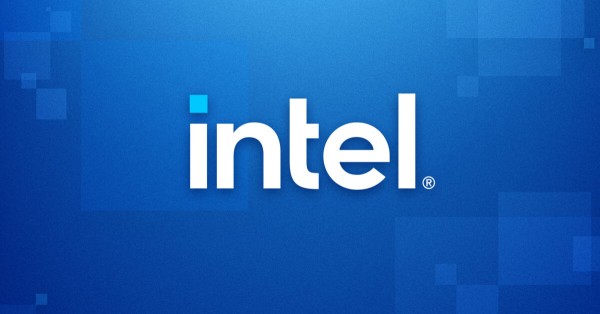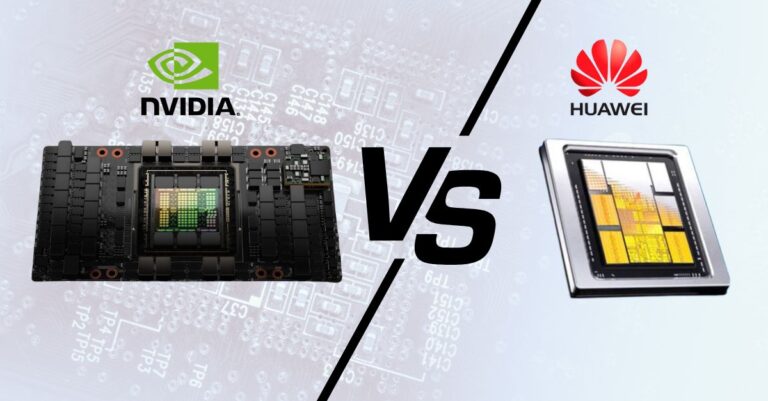- Tech News & Insight
- August 17, 2025
- Hema Kadia
India has cleared a high-capacity semiconductor fabrication plant slated to produce up to 50,000 300mm wafers per month, a cornerstone move to localize chip supply for telecom, cloud, automotive, and industrial electronics. India's electronics and IT leadership confirmed plans for a large-scale silicon fab with a targeted capacity of 50,000 wafers per month. The project is being led by Tata Group, with technology partnership support widely expected from a specialty foundry player, aligning with earlier approvals for mature-node logic and power processes. The fab is planned in Gujarat's industrial corridor, building on India's recent momentum in assembly, test, and packaging investments.



























